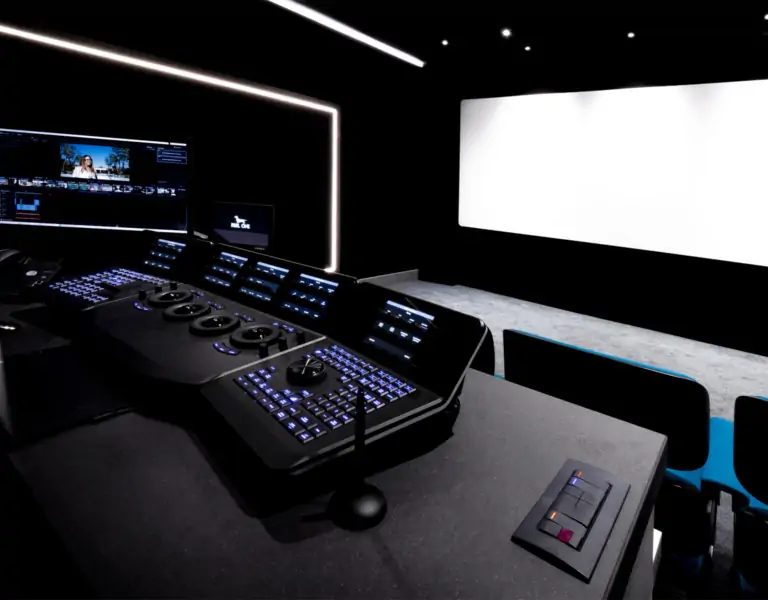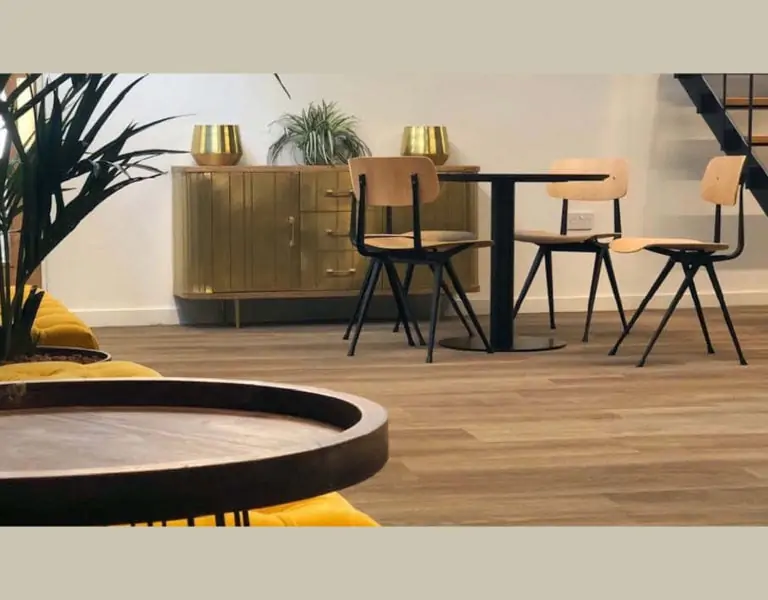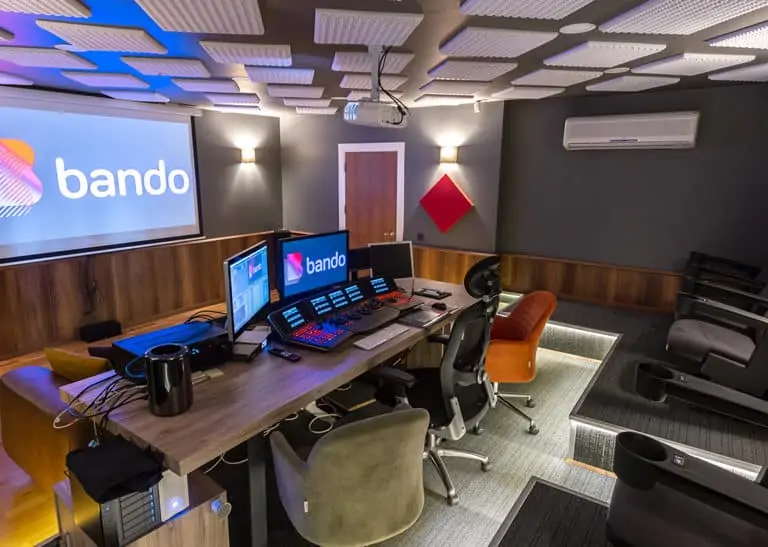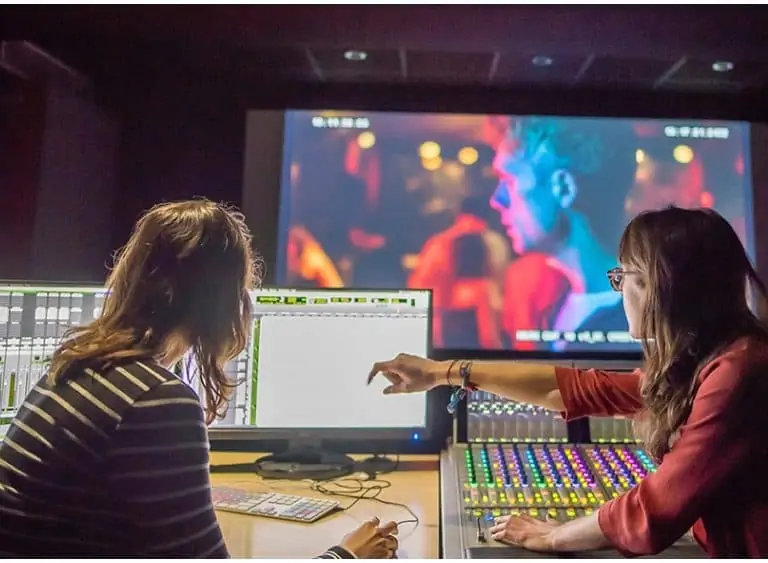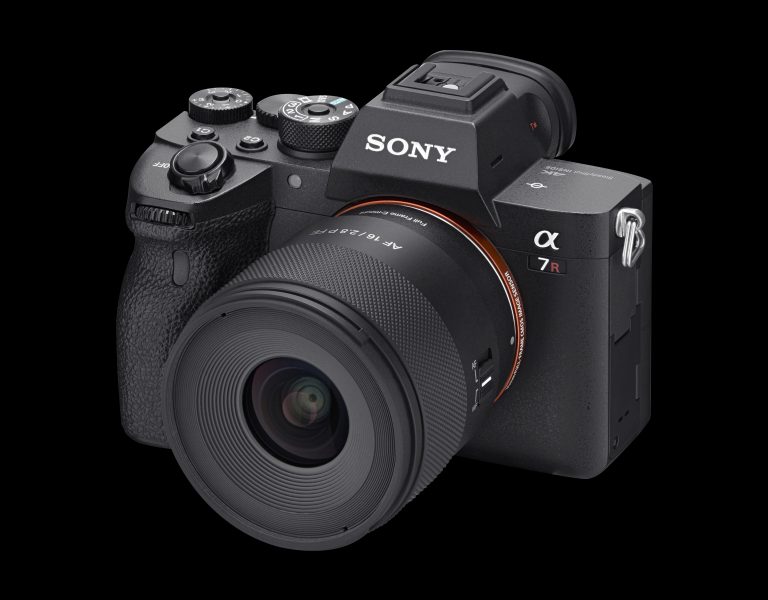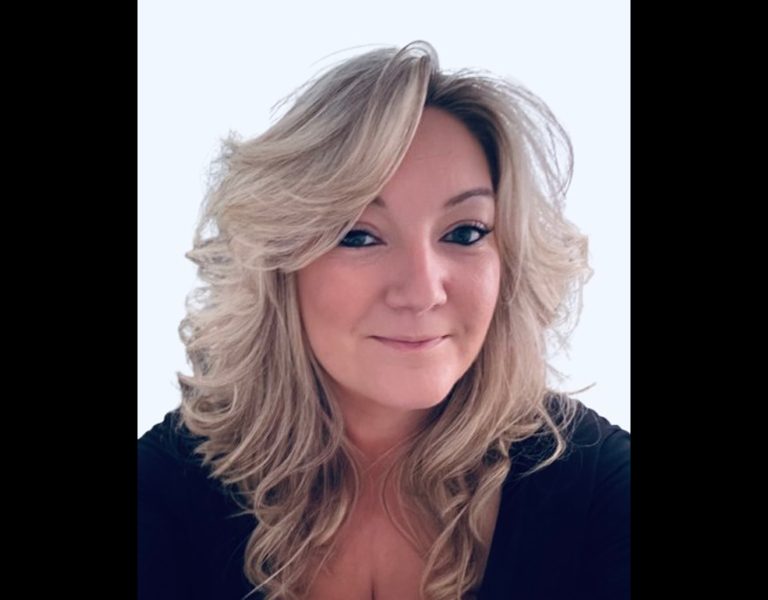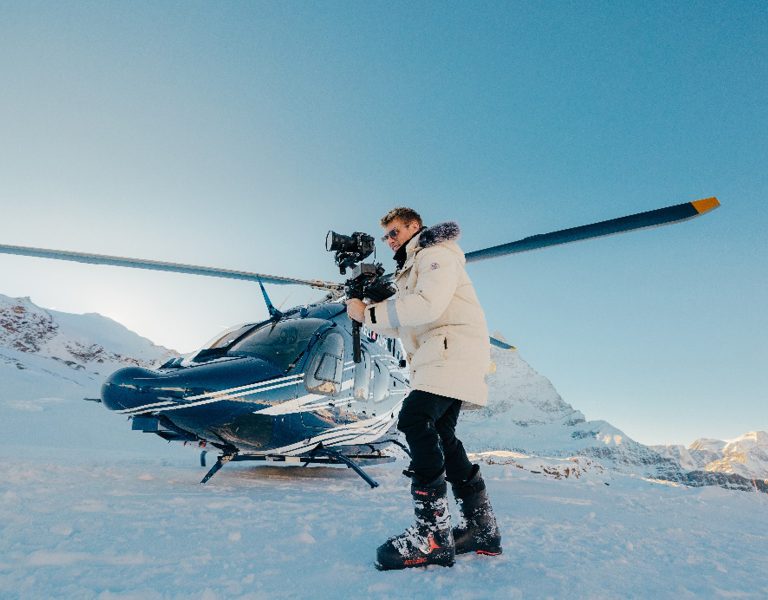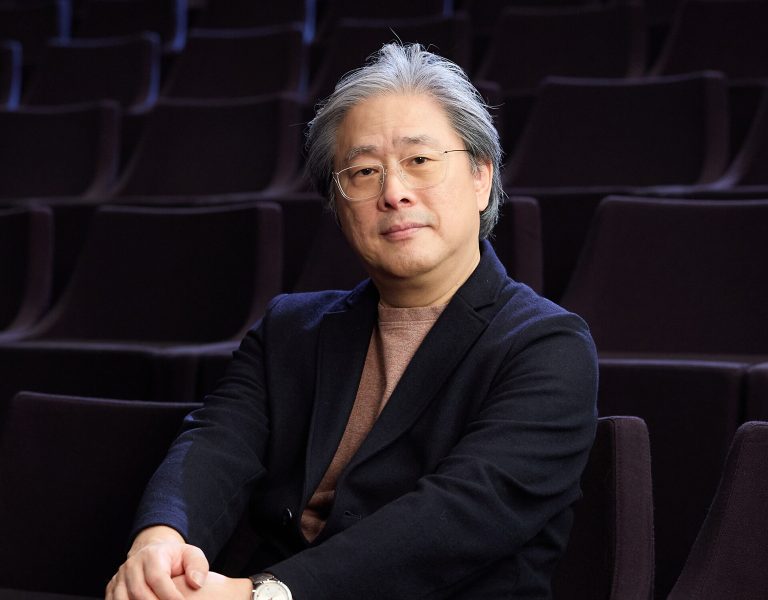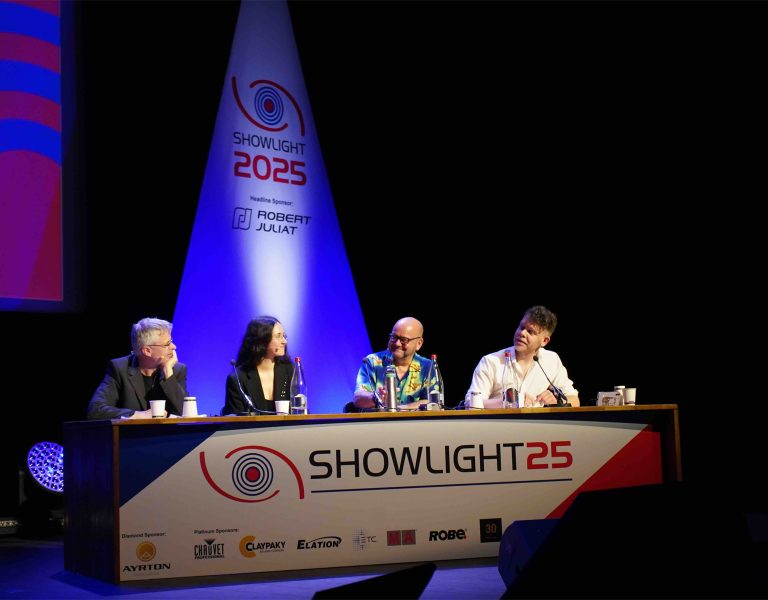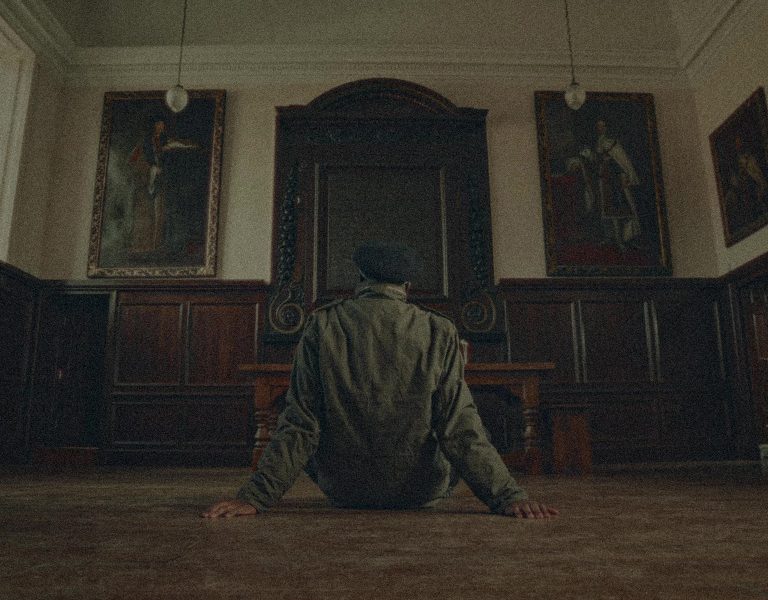Post-production facility The Look switch to Davinci Resolve
Jul 15, 2024
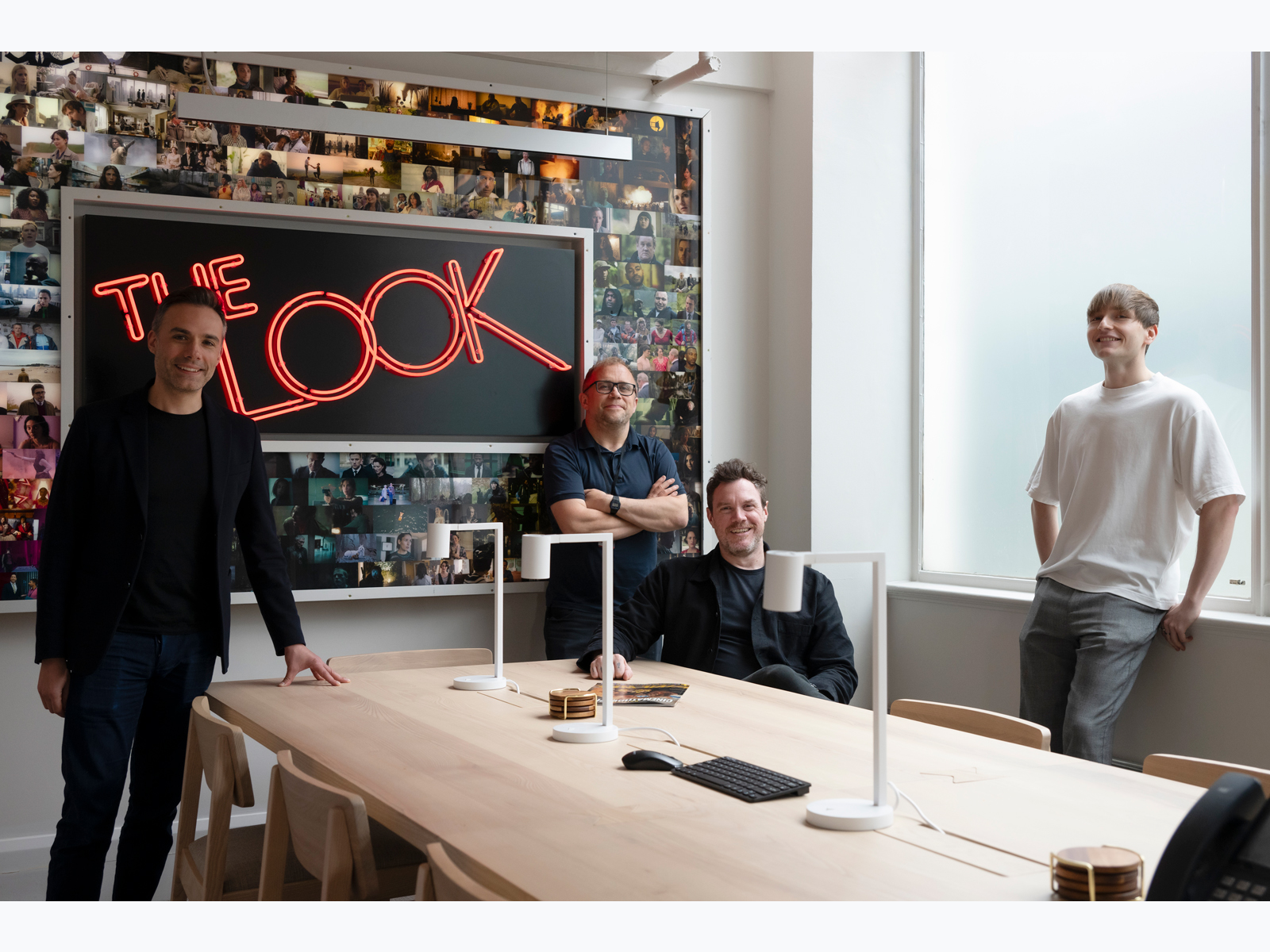
The Look, a post-production facility based in London and Cardiff, has made a major investment in Blackmagic Design, adopting Davinci Resolve Studio as its hero system for colour, conform and finishing services.
Founded by CEO & Senior Colourist Thomas Urbye in 2007, The Look handles conform, grade, online and playout, delivering 4K 16bit Dolby Vision HDR to clients such as Netflix, Apple, Sky and Amazon Studios, with long-standing relationships with the BBC, Channel 4 and ITV Studios.
There’s been a Blackmagic Design presence for several years at The Look, in a post-production workflow that also included the Grass Valley Rio and Autodesk Flame. “We had a couple of Resolve workstations for remote grading,” recalls CTO & Director of Online Mark Maltby. “But there have been developments for the Blackmagic system, such as its tracking and collaboration capabilities, that we felt we were missing out on by not fully moving over to it.”
According to Maltby, sophisticated tracking tools such as those in Resolve are essential for today’s post workflows.
“Whereas before you might have to track a handful of scenes in a whole series, now every time a particular actor appears on screen, they’ll want to track their face and do some form of work. We’re forever putting shapes around things and highlighting them. That tracking work can even be shared across the Colour Assistants in collaboration mode to improve the experience for our clients.”
Another deciding factor was scalability. The Look can use Mac and PC workstations to run DaVinci Resolve, whereas specialist hardware was required for the previous grading workflow and capacity was restricted by how many workstations could connect to one server.
Physical and virtual
“The recent rollout comprised twelve systems in all; six are physical HP Z8 workstations while the remainder operate under an Infrastructure-as-a-Service (IaaS) cloud model,” notes Maltby.
He adds, “When we need to add more seats, we can either put in more IaaS workstations or buy a new off-the-shelf HP workstation with a DeckLink 4K Extreme 12G card and just connect to the network.”
“We’ve got four Resolve Advanced Panels and a couple of the smaller panels for the technical operator’s room, all supplied by Adam Welsh at Big Pic Media. Our new Cinema Suite on the fifth floor has a Resolve Advanced Panel, and we’ve put a new desk in the main suite with another Advanced Panel.”
Currently DaVinci Resolve takes care of the conform and grade, as well as some online editing at The Look. “Resolve can handle a lot of the TV online, and denoise can go to the colour team now, but anything more advanced [for online] can be easily sent to our Flame team,” says Maltby.
“We work with EXR timelines,” he adds. “We can retain colour management information and don’t have to work through conversion LUTs; we can media manage EXR straight out of Resolve over to the Flame team without needing to necessarily re-render anything.”
“It’s also got support for a wide range of camera file formats,” he adds. “Blackmagic has been pretty good at getting around those aspects of the workflow. It means that we’re not transcoding rushes into a DPX or EXR format outside of the software anymore, which we sometimes found we had to do previously.”
Retooling and reskilling
The Resolve workstations were deployed in time for the start of 2024. “We started the workflow in and around November, and then started working on all the new series we had scheduled in January and February,” says Maltby. “We’ve currently got two jobs for Sky going through; one is quite a complex job with multiple camera formats. And we have a project for BBC Three and a feature for Studio Canal already completed and delivered.”
Thomas Urbye and the colour team have been integral to the move to DaVinci Resolve.
“The switchover has been quite an involved one, but we all felt ready for it,” Maltby observes. “Everyone has been prepared to put in extra hours in the evening to make sure they understand their way around the panels and their way around the software.
“Fortunately, two of our operators, Ollie Andersen and Sam Viner, were both at Ravensbourne, where they learned and trained on Resolve. They bought some of that experience in; the rest of it has been finding out on the job. Jamie Dickinson, a DaVinci Resolve Master Trainer, gave us some overviews and tips for the colour team, and there’s also the historical knowledge we have from using Resolve for the past 10 years. We’ve basically tried to replicate what we knew worked from the previous workflow into Resolve, and it’s been successful.”
As well as the enhanced tracking, plug-ins and format support, and scalability of DaVinci Resolve, there’s also now increased scope for finding new staff for The Look thanks to the widespread adoption of the system.
Maltby explains: “In the future, it’s going to be a lot easier to hire people with background knowledge on Resolve.”







